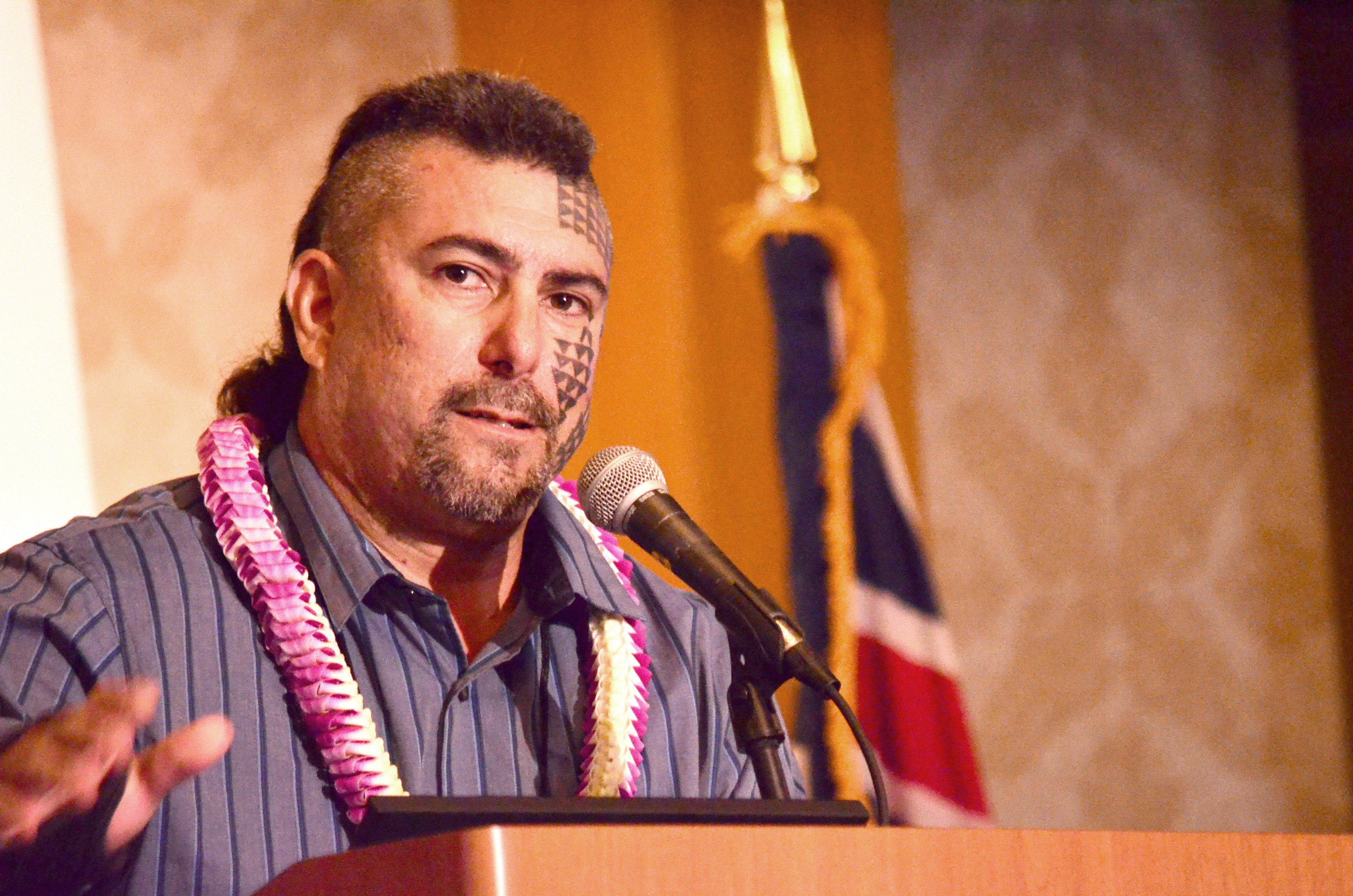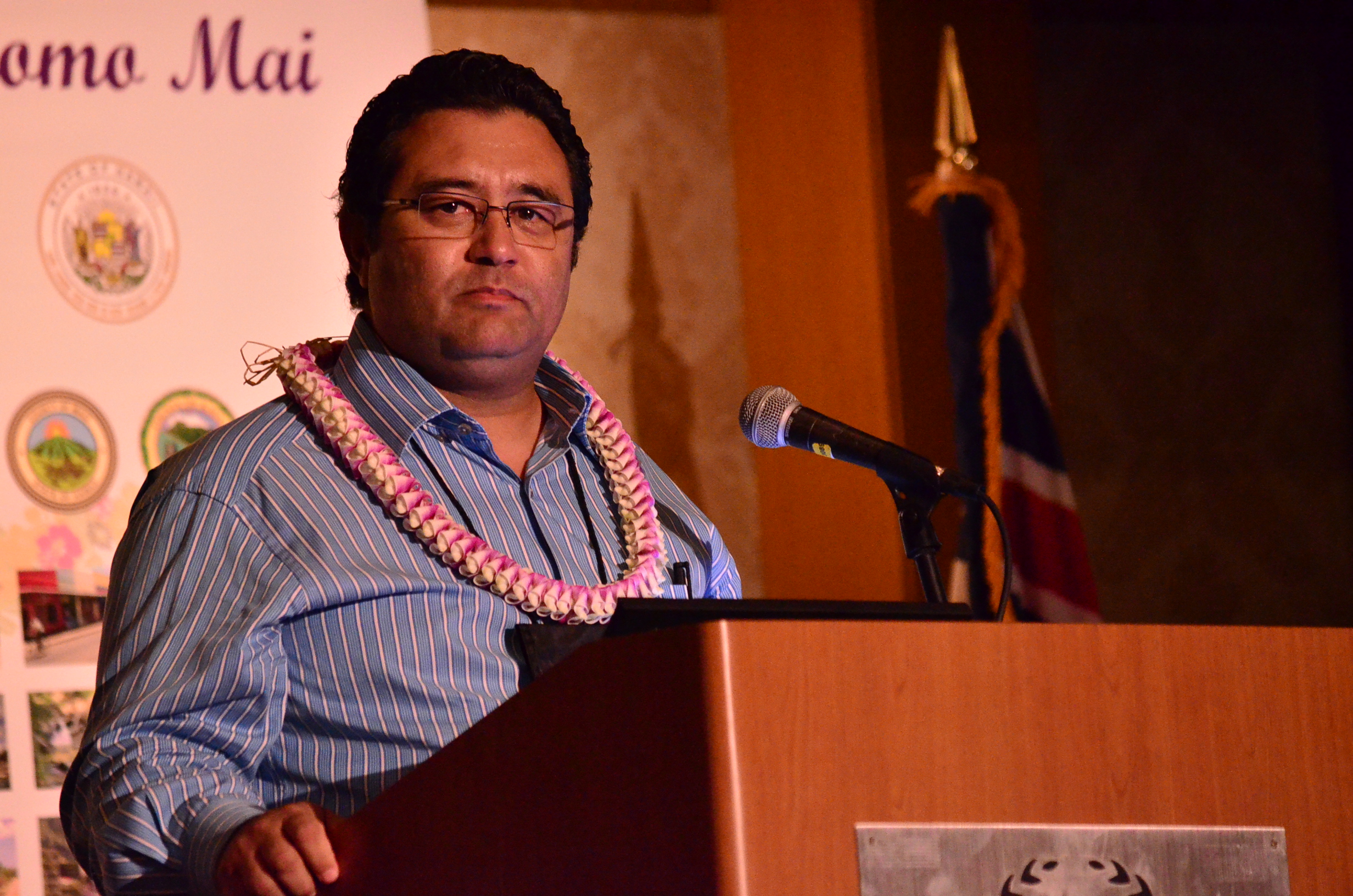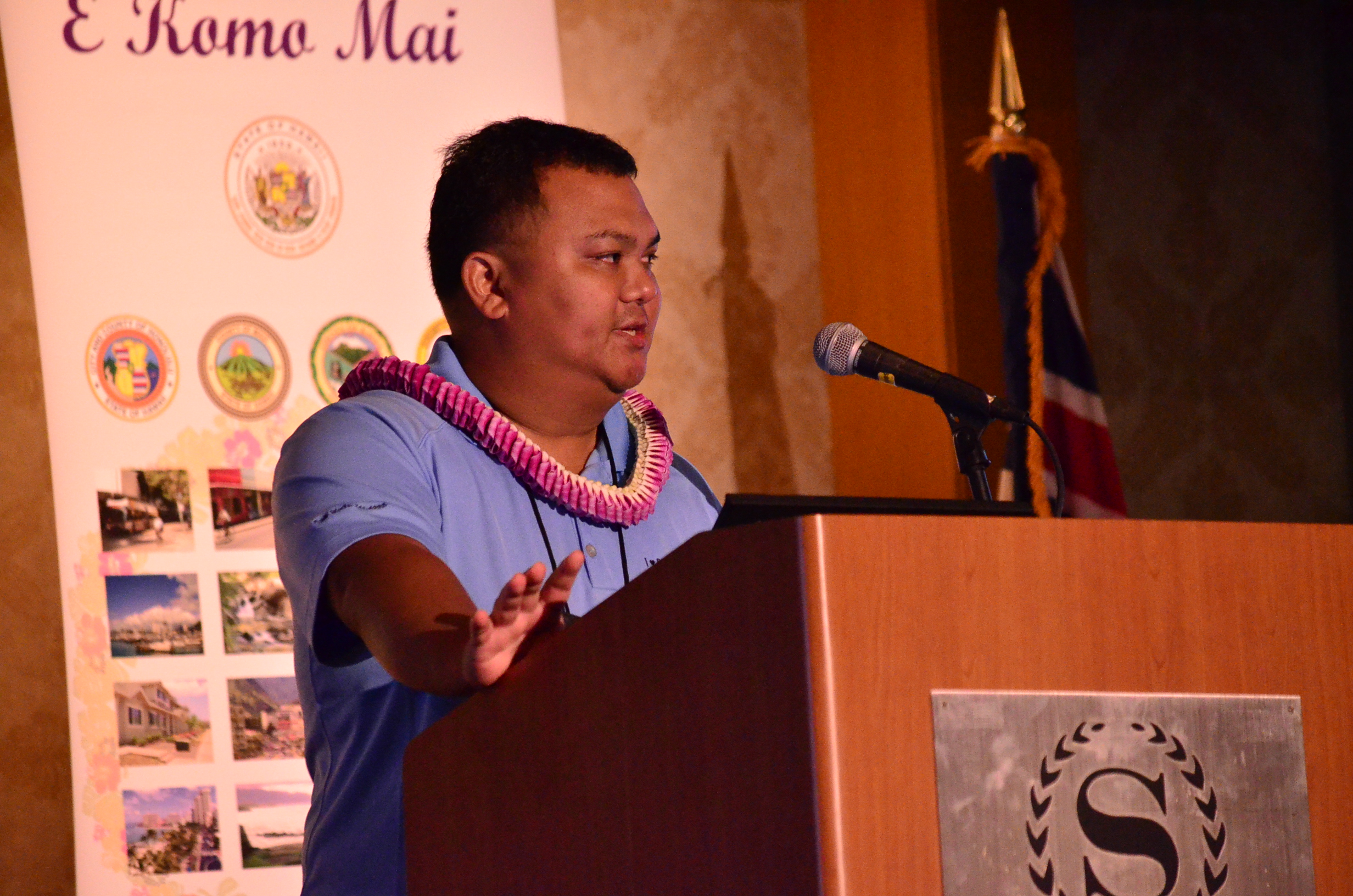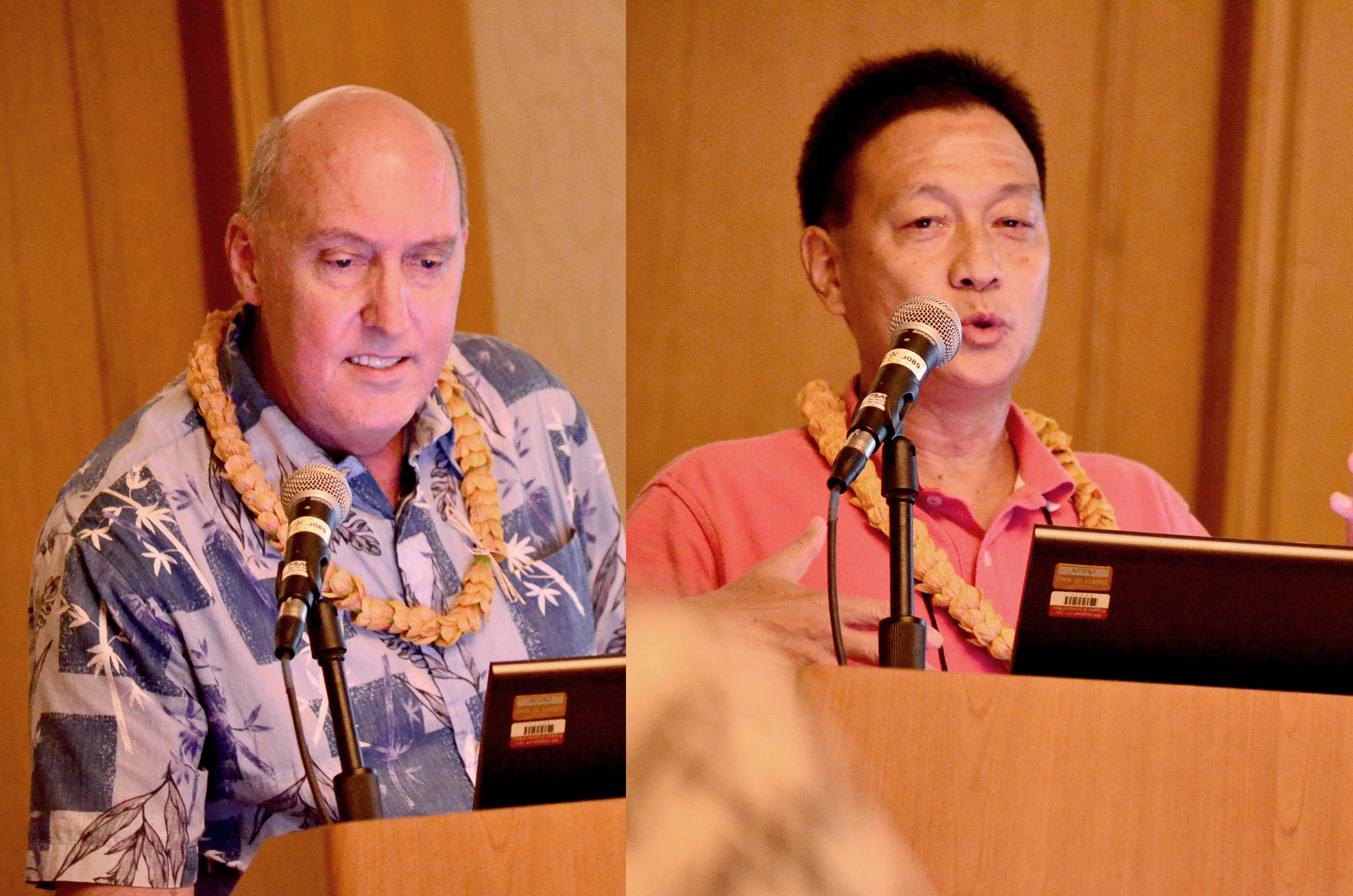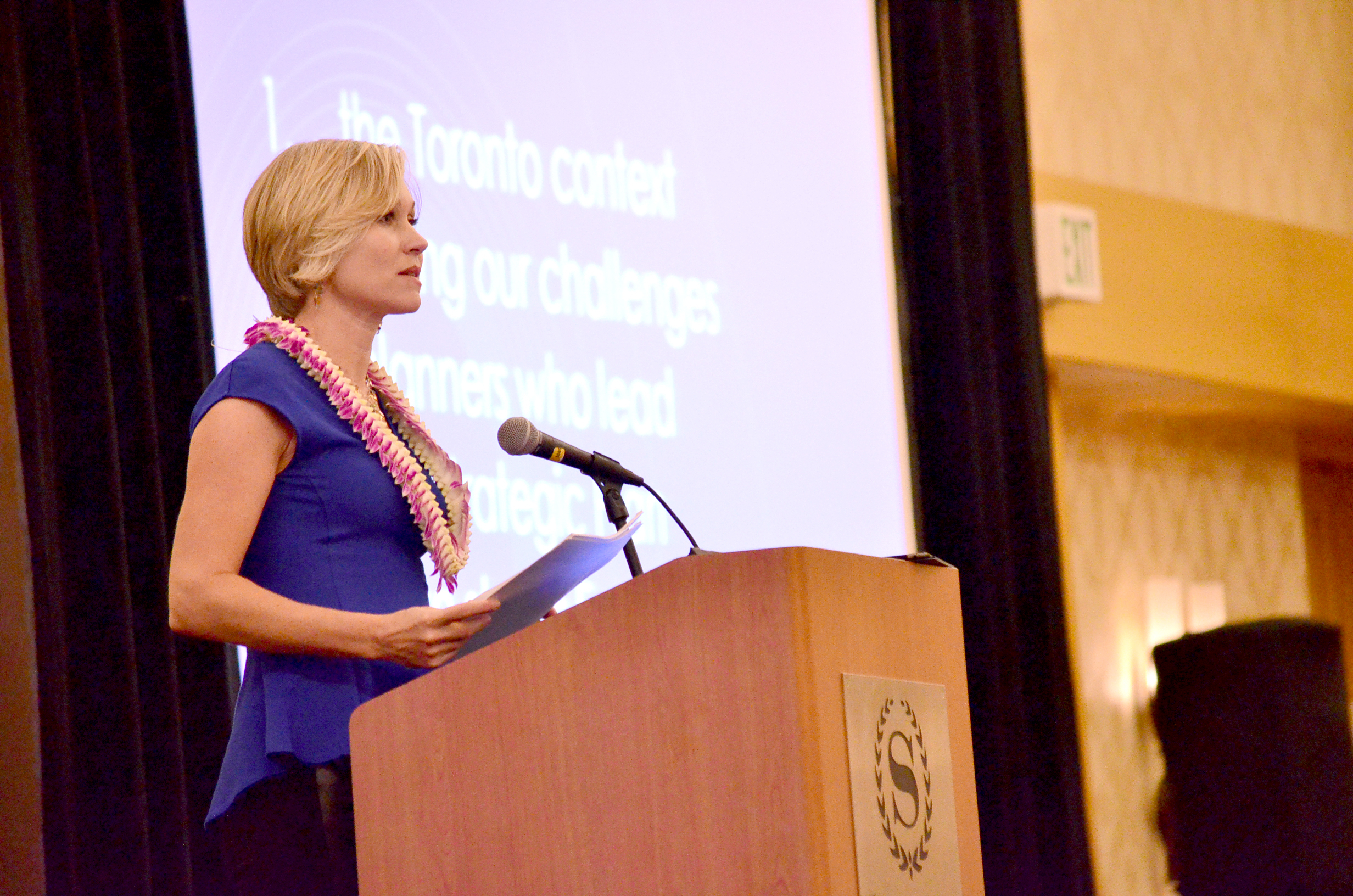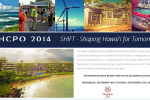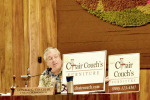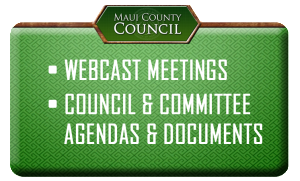KAANAPALI, Hawaii – More than 200 planners and community leaders gathered Sept. 10- 12 at the Sheraton Maui Resort & Spa for the 2014 Hawaii Congress of Planning Officials Conference, hosted by Maui County’s Planning Department.
This year’s conference theme was “Shaping Hawaii for Tomorrow,” or “SHIFT,” which encouraged participants to shift mindsets to meet significant changes in the economy, media and technology, energy systems and climate.
Here are some highlights from the speakers and discussions.
1. We adapt based on what we observe
Native Hawaiian farmer Tim Paulokaleioku Bailey shared comments on how planners must adapt to the natural environment in order to implement realistic and culturally sensitive ideas.
“Being out in nature, we observe a lot of things, and we adapt accordingly,” Bailey said. “If we observe something different – such as a computer monitor or mobile devices – we adapt differently.”
Bailey added: “Change is inevitable, so we must adapt.”
2.Design revolves around a story and culture
Rob Iopa, principal at WCIT Architecture, encouraged attendees to design projects that celebrate the location’s culture.
He discussed Sheraton Maui’s history – including how the building’s design complemented the landscape and the famous Black Rock.
3. Our policies may be telling our keiki to move away
“Having a no growth policy is neglecting our keiki,” Kauai County Planning Director Mike Dahilig said.
Dahilig shared his thoughts about natural growth and how planners must consider how the community interacts with the land in order to sustain jobs, education, tourism and children. He said planning should be done in a manner where vibrant places are created for our children of the future.
Dahilig also cited statistics on how affordable residential housing is a solution to motivating Hawaii-born children to stay here as adults.
4. Great projects and ideas are not limited by geography
Jim Heid, president and founder of UrbanGreen, encouraged planners to go beyond the shores of Hawaii for the next big thing. He analogized planning to pilates. One must improve on flexibility to build strength, coordination and balance.
He noted planners today must consider non-traditional factors when designing communities, including Yelp ratings, the ever-incresaing use of mobile apps and social impacts.
Reid also spoke about the concept of “urban acupuncture” and how “pain” can be relieved selectively by identifying and isolating problem areas in the community.
Lastly, he posed a challenge to conferees – “What will you do on Monday?”
He summarized his talk into seven action plans:
- Balance flexibility
- Dream big, think small
- Increase value, reduce the cost
- Future-proof plans to endure
- Integrate the team and the uses
- Experiment, experiment, experiment
- Travel, observe, then localize
5. Effective communication and political will get things done
State Planning Director Leo Asuncion shared how leadership plays an important role in moving things along in the planning process. He said there must be sustained political will to make things happen.
Former journalist Bobby Command who is now the deputy director of Hawaii County’s Planning Department shared his experience in dealing with the “alphabet soup” of planning such as CIZ (change in zoning), LUC (Land Use Commission), SMA (Special Management Area) and others.
He noted how communication is key to a collaborative process in planning for communities. “How the public communicates is changing,” Command said. “A comprehensive message on media must strongly be considered by planners.”
The planning directors discussed common challenges in implementing projects.
“It’s advisable to personally talk to groups who are in disagreement with your position,” Honolulu Planning Director George Atta said. “Oftentimes, they usually end up agreeing with your position after a dialogue.”
6. Open data helps make informed decisions, saves time and money
A common thread among various sessions during the conference was the importance of utilizing technology in the advent of open data. A good example of visualizing data, especially for planners, is via maps.
Royce Jones of ESRI, an international geographic information system supplier, said: “Without maps, we are spatially blind.” See his entire presentation here.
Burt Lum, Executive Director of Hawaii Open Data, says communities must build an open data “ecosystem.” He describes this as a collaborative environment where citizens are active stakeholders in civic engagement.
“If nobody is requesting data, the government would think nobody cares,” Lum said.
7. “Global recession didn’t happen in Toronto because of its diverse economy”
City of Toronto Chief Planner Jennifer Keesmaat proudly made this statement at the conference. Her presentation was supported by facts, images and case studies that inspired conferees.
Keesmaat said transportation models of the past are not the transportation models of the future. She noted how society perceived bicyclists before as radicals and that biking was only for recreation and not for commuting.
“We need to make cycling part of the transportation planning.” Keesmaat said. “We must challenge our constituency for progressive ideas.”
As planners, Keesmaat reminded conferees about their obligation to lead conversations and facilitate a culture of continuous learning to develop good planning practices. She noted how complete streets stimulate a community where all ages and abilities can enjoy a good quality of life.
Keesmaat shared some guiding principles:
- Have a shared vision to evoke passion
- Use facts to inspire trust
- Let data and evidence drive policy
- Call out the bad ideas
- Build understanding
- Sweat the small stuff
See what others were tweeting about during the conference.
View more photos from the conference on Facebook.
The 2015 HCPO Conference will be hosted by the State Office of Planning in Honolulu.
Until next year!
# # #


